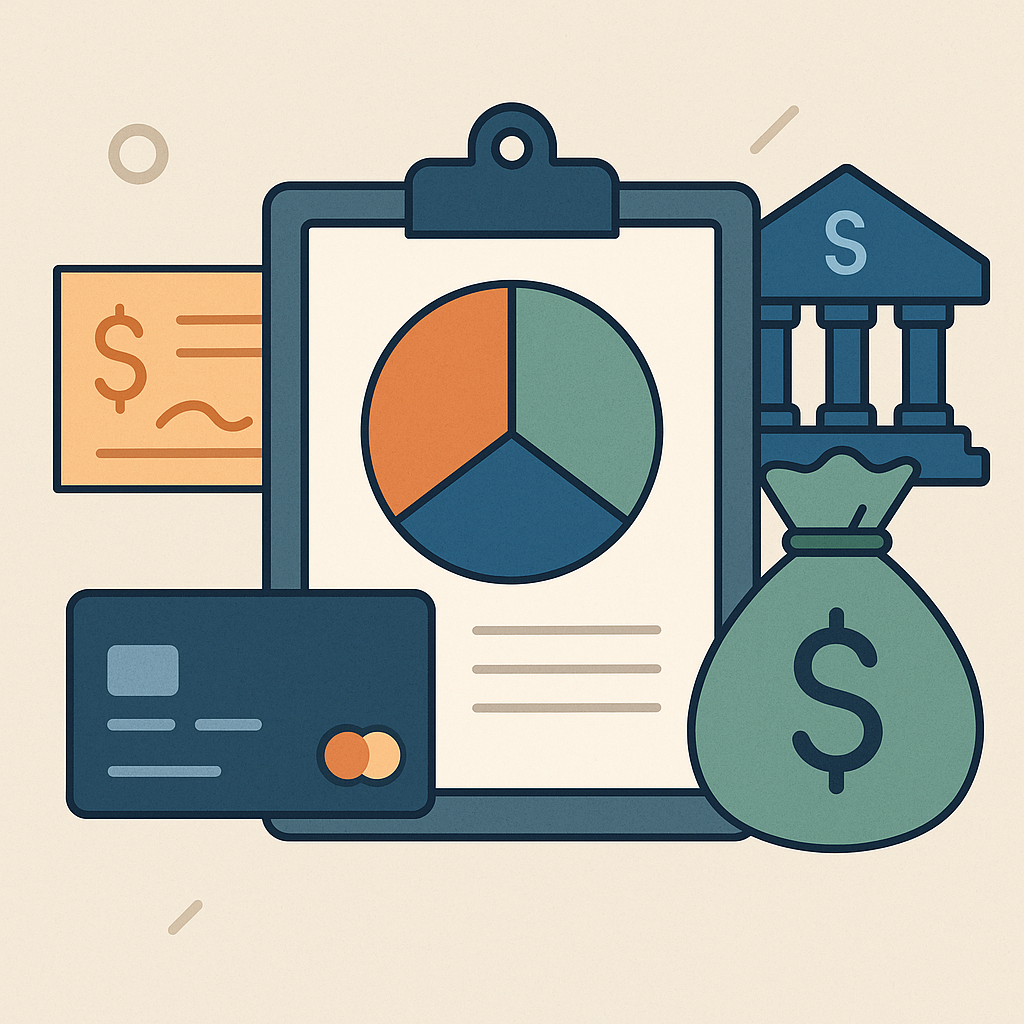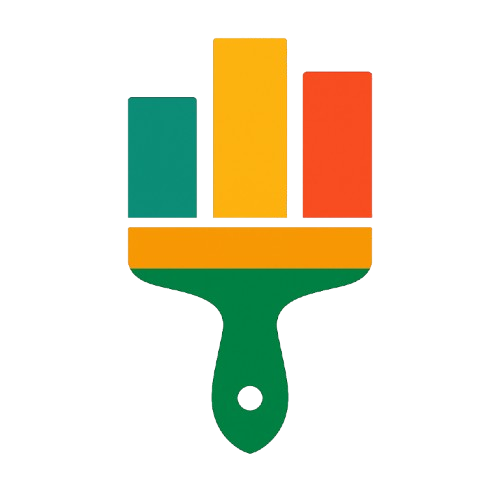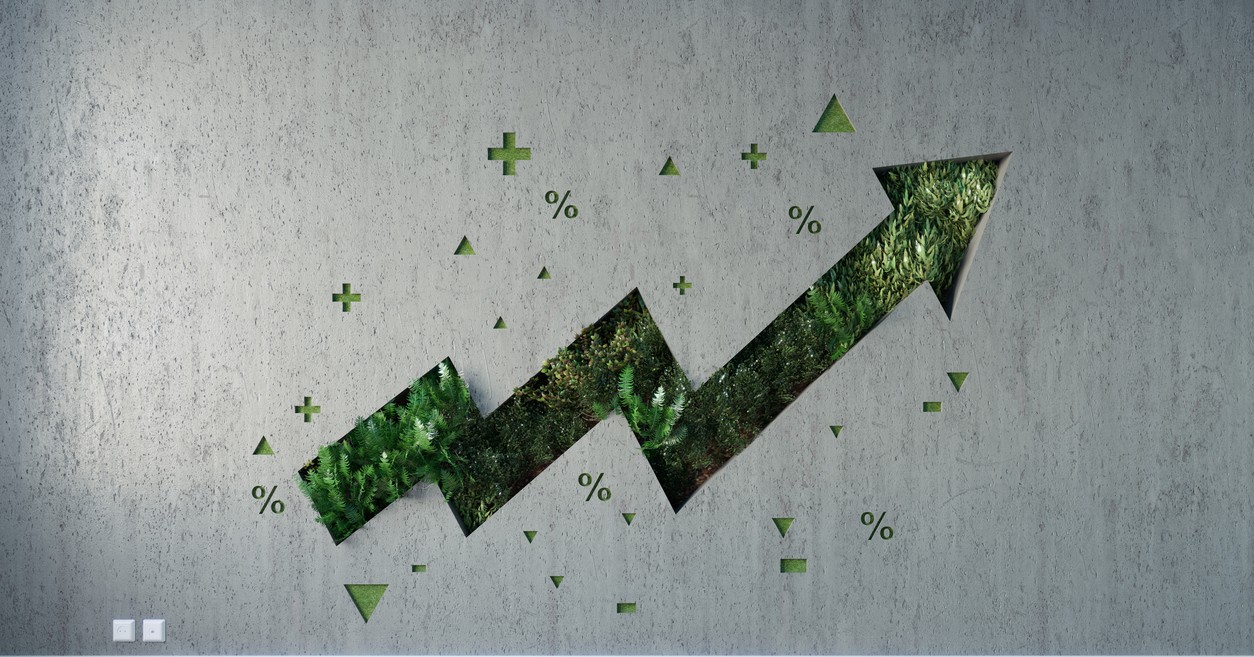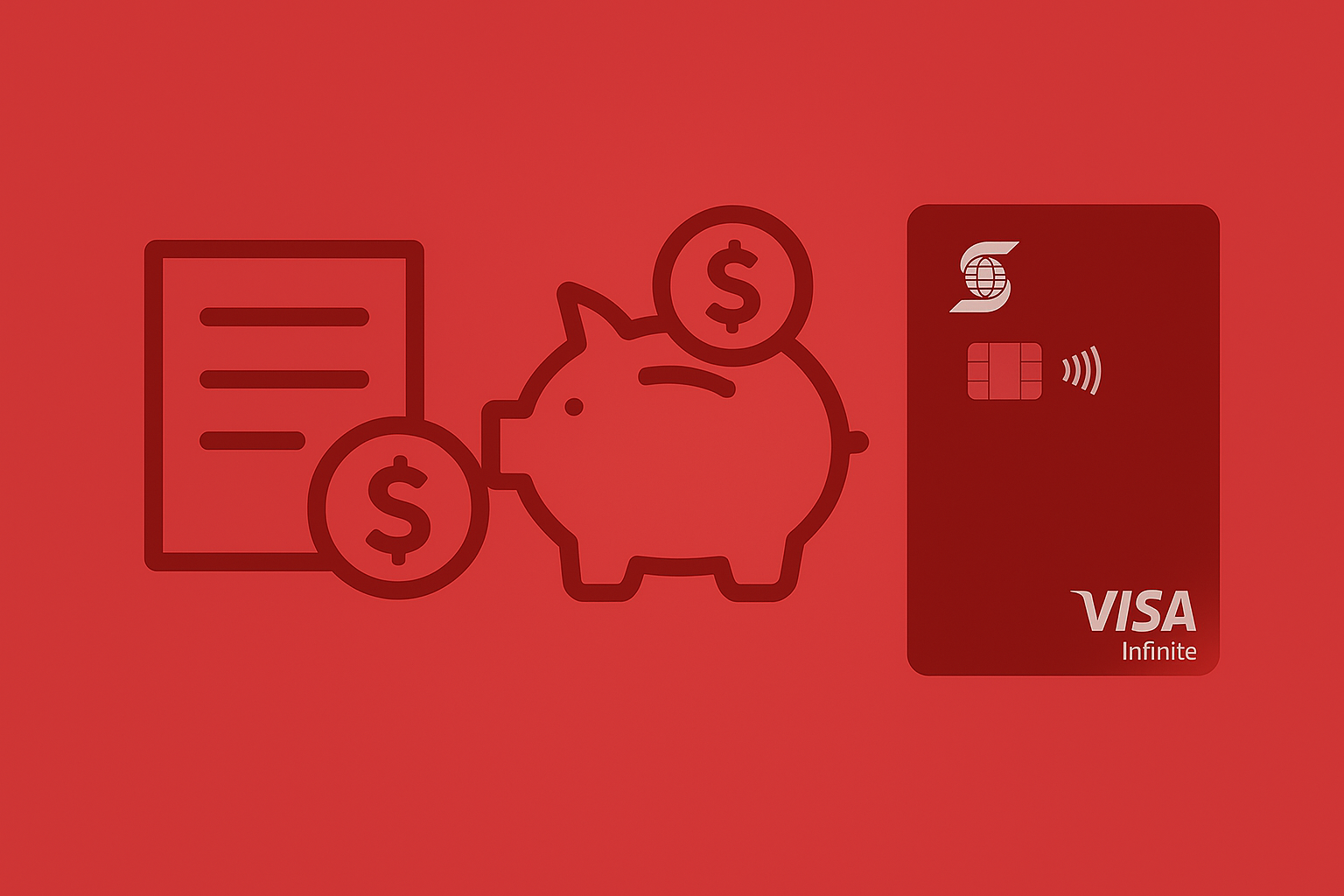What Is Optimal Banking?
Banking is essential in our lives, and we should all seek to maximize what our bank offers while keeping those pesky fees to a minimum. “Optimal banking” is all about finding that perfect balance. If so, how can we best arrange our banking products and services to achieve this ideal outcome?
A Piecemeal vs. Holistic Approach
Conventional wisdom often encourages us to pick the best options from lists like the ‘Top 10 Checking Accounts with no fees’ or the ‘5 Best High-Interest Savings Accounts’. This approach can lead us to open a checking account at one bank with no fees, combine it with a savings account at another bank that offers the highest interest rate, and select the best cash-back credit card from yet another provider.
While this piecemeal strategy might have its perks, it may not provide the optimal banking experience from a holistic view, even if each product seems the best among its peers. Gathering the ‘best’ for each category — checking, savings, credit cards, lines of credit, mortgages, etc. — from major banks, digital banks, and fintech companies might not create the optimal banking arrangement. Interestingly, it is possible that choosing a second-best credit card from the ‘Top 5 credit cards’ could lead to a more well-rounded optimal banking experience overall.
So, where’s the best place to begin? By identifying each major bank’s uniquely designed optimal banking setup, we can better assess whether a multi-bank approach adds value or inadvertently creates more complexity and costs. It’s quite possible that a single bank could offer the most advantages if we arrange things thoughtfully, leading to a more cohesive banking experience.

A Real-Life Scenario
To bring this concept to life, let’s consider the following hypothetical scenario:
Imagine we have a no-fee checking account at one bank and a high-interest savings account at another. Eventually, we might find ourselves in need of purchasing a used car, and the dealer requests payment through a bank draft.
A checking account is primarily for daily transactions, so we have larger sums in a high-interest savings account at a different bank. However, the drawback is that taking money from a savings account usually incurs fees, alongside a separate bank draft fee.
If we had optimized our banking with one bank, we could altogether avoid those pesky fees!
What to Expect in ‘Optimal Banking’ Series
In this series, we’ll explore an optimal banking setup that pairs products for each major bank. While a single-bank approach may not suit everyone due to individual circumstances, it provides a solid foundation as we delve into whether a multi-banking configuration across major banks, digital banks, and fintech companies could be even more advantageous.
Hidden Gem: Welcome Bonuses
Let’s not overlook the handsome opportunity of a promotional welcoming bonus from each bank!
Conclusion
Ready to unlock your banking’s full potential? Sign up for our newsletter to receive upcoming articles that uncover the optimal banking configurations for each major bank. This will allow you to build your own personalized banking solution tailored to your financial situation.




